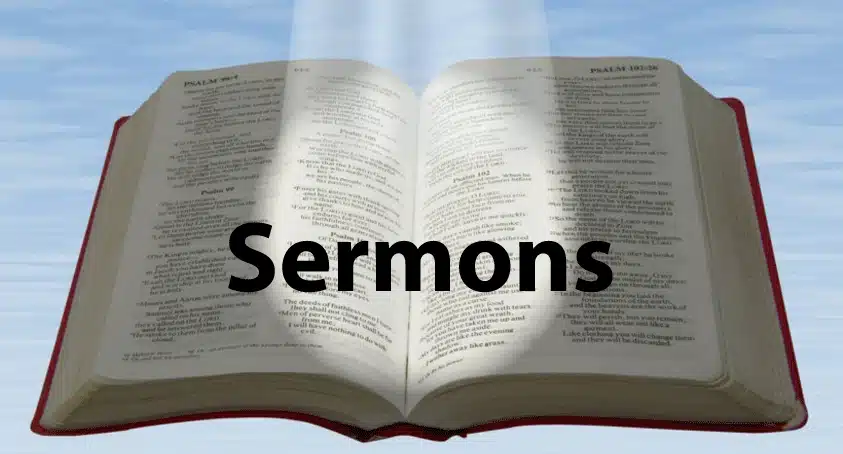Elements of the sermon should often include exposition, exhortation, and practical application. Keep these elements top of mind as you create an outline of your message. Think of the outline as the bones of the sermon. The outline sets forth the texture of the sermon and helps to move from one thought to the next. In an extensive study of preaching, one recurring complaint from the congregation is that sermons are too complicated. The sermon outline is where you address that complaint.
Start with a strong introduction. The most effective preachers understand the importance of a strong introduction. This is where you grab the listener into the theme of your text.
Introduce the Sermon text
Tell your people what you are going to cover and why it’s essential or how it is relevant. You may include an illustration or humorous story about what it does or does not mean. Use a starting point related to scripture or an event that propels the main idea.
Teach the Scripture
Explain the Scripture in ways the congregation can relate to. give examples from Scripture. Provide practical application of the Scripture to everyday life. Use powerful, relevant sermon illustrations, including humor, where appropriate.
Conclude your Sermon
Finish each message with a strong call to action (exhortation) that relates to the Scripture and topic. This is the invitation to the people to carry forth the message in the sermon and apply it to their everyday lives.



